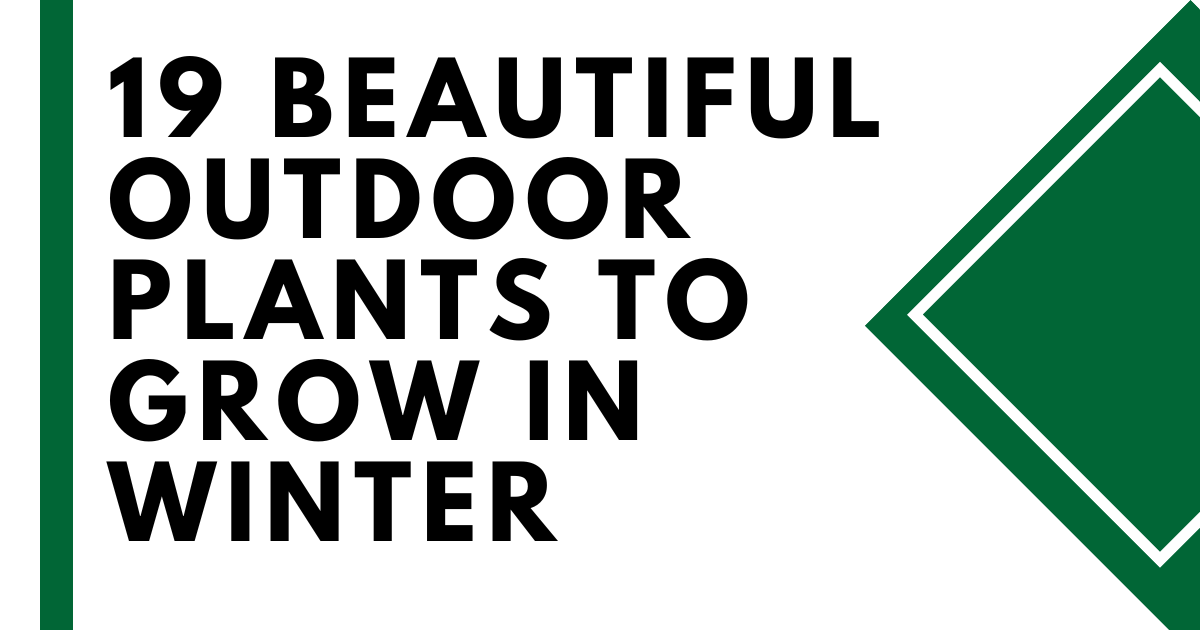Hydroponic gardening is a method of growing plants without soil. Growing plants in water or a liquid nutrient medium, rather than in soil, offers several advantages.
Hydroponic systems can be used to grow any plant species, including vegetables and herbs. Some hydroponic systems are designed for specific plants and crops, while others are general-purpose systems that can be used for a variety of crops.
The biggest advantage of using hydroponics is that it requires less space than growing plants in soil. You also don’t need to worry about pests like insects and diseases because the environment is sterile and there are no weeds or competing plants. And because you don’t have to worry about the pH of your soil or fertilizer runoff into local waterways, it’s easier on the environment as well.
Understanding Hydroponic Gardening
Hydroponic gardening stands as a revolutionary approach to agriculture, challenging traditional farming methods and conquering limitations posed by soil quality and climate conditions. In a hydroponic system, the absence of soil means plants no longer need to expend energy on extensive root growth in search of nutrients, as the essential elements are directly delivered to the roots through a carefully balanced nutrient solution.
One of the key distinctions between hydroponic gardening and traditional soil-based gardening is water usage efficiency. Hydroponics typically consumes up to 90% less water compared to conventional farming practices. The water used in hydroponic systems is recycled and reused, making it an environmentally sustainable method that significantly contributes to water conservation.
Moreover, hydroponic gardens offer the advantage of year-round cultivation, allowing farmers and gardeners to produce crops regardless of the season or geographic location. By carefully controlling environmental factors such as temperature, humidity, and lighting, it is possible to create an optimal growing environment that maximizes plant growth and crop yields.
Factors to Consider when Choosing Plants for Hydroponic Gardens
Selecting the right plants for your hydroponic garden is crucial for ensuring a successful and productive growing experience. Several factors should be taken into account:
- Plant Size: Consider the available space in your hydroponic setup and choose plants that will fit well without overcrowding the system. Compact and dwarf varieties are often preferred in limited spaces.
- Growth Rate: Different plants have varying growth rates, so it’s essential to choose crops that align with your desired harvest schedule. Some plants, like lettuce and herbs, have a relatively quick turnaround time, making them ideal for continuous harvesting.
- Nutrient Requirements: Each plant species has specific nutrient needs. Understanding these requirements and providing an appropriate nutrient solution will promote healthy growth and robust yields.
- Temperature Preferences: Some plants thrive in warmer environments, while others prefer cooler temperatures. Select plants that can flourish within the temperature range of your hydroponic garden. Temperature control is critical to maintaining an ideal growing environment for your chosen crops.
Best Plants for Hydroponic Garden
Here are 23 plants that will thrive in your hydroponic garden:
Tomatoes
Tomatoes have a reputation for being finicky when grown indoors, but if you give them enough light and water, they can be quite easy to grow in a hydroponic setup. Tomatoes are also one of the easiest plants to grow from seedlings, which means you can start growing them from seed without having to buy them at the store first!
Tomatoes love warm temperatures and plenty of suns, so make sure you provide them with that when growing indoors during cold weather months (or even year-round if you live somewhere warm). If you don’t have enough natural sunlight during winter months when days are shorter than 12 hours long (which is true for most places where winter lasts more than 6 months).
Cucumbers
Cucumbers are another plant that loves water and sunlight. They’re not as sensitive as tomatoes when it comes to temperature or light intensity, so they make excellent choices for beginners who may have trouble keeping their plants alive under normal growing conditions.
Lettuce
Lettuce is a very useful plant for a hydroponic garden because it grows quickly, and the leaves are edible. Lettuce can be grown in soil or in water. The leaves of lettuce are rich in vitamins and minerals. You can also use lettuce to make salads or sandwiches.
Spinach
Spinach is another vegetable that can be grown in a hydroponic garden. Spinach has many health benefits, and it tastes great as well. Spinach is high in vitamins K, A, and C, which are important for healthy skin and eyesight. It also contains iron, calcium, magnesium, and potassium which help maintain healthy blood pressure levels.
Basil
Basil is another popular herb used for cooking purposes because of its aroma and taste that enhances any dish you add it to. Basil is also used as an ornamental plant because of its colorful flowers that attract butterflies and hummingbirds when planted near your home or office window during summer months when flowers bloom naturally outdoors.
Strawberry
Strawberry is one of the best plants for a hydroponic garden. It is a perennial plant that can be grown in a wide range of climates and requires little care.
Watercress
Watercress is another plant that can be grown in a hydroponic system. This highly nutritious vegetable has been used in salads, sandwiches, and soups for centuries. It can also be cooked like spinach and cooked with other vegetables such as cabbage, cauliflower, or Brussels sprouts.
Radish
Radishes are one of the most widely cultivated vegetables in the world. They have been used as food since ancient times and are still considered one of the healthiest vegetables available today. Radishes can be grown either in soil or with hydroponics systems, but they must be harvested quickly after they reach maturity to avoid bitterness developing in the roots.
Chives
Chives are small onions that grow wild in many parts of the world including Europe and North America. Chives are easy to grow from seed but should be sown early indoors so they have time to develop before being planted outdoors later on in the year when temperatures start to cool down again.
Herbs
Herbs are the best plants for hydroponic gardening. They can be grown in your kitchen, balcony, or backyard. They can easily be grown in pots and containers. You can also grow them hydroponically.
Cilantro
Cilantro is a popular herb that is used to flavor many dishes. It is an excellent source of vitamins A and C, as well as iron, calcium, potassium, and magnesium. It also contains antioxidants that help fight free radicals in your body.
Mint
Mint is a beneficial plant for your hydroponic garden. It has antibacterial and antifungal properties that can help control diseases in the garden. Mint can be used to flavor drinks, salads, and desserts. You can also use mint as a garnish for your meal.
Mint can grow easily in a hydroponic system because it requires little water and nutrients to grow well. You should add more water and fertilizer when you harvest mint leaves so that the remaining roots continue to grow well.
Kale
Kale is another herb that grows well in a hydroponic system. This plant generally needs plenty of nutrients and water to grow properly, but it is still possible to grow kale even if you have limited resources available. Kale can be eaten raw or cooked, so it can be added to many different types of dishes you prepare at home.
Blueberries
Blueberries are one of the most popular fruits grown on hydroponics systems because they require less maintenance than other plants do. Blueberries need plenty of sunlight and water, but they do not need much soil or nutrients to thrive in a hydroponic system. Blueberries are also easy to harvest from the plant once they are ripe enough for consumption.
Leaf Vegetables
Leafy greens like spinach, arugula, and lettuce will work well in your hydroponic system. You can also grow herbs such as basil and mint, but keep in mind that they need more light than other plants. Peppers are another good choice for a hydroponic system. They’re easy to grow indoors, especially if you have limited space.
Bell Peppers
Bell peppers are easy to grow indoors because they don’t take up much space or require much care. They produce colorful peppers that are great for cooking and snacking on. As long as you keep them in an area with plenty of sunlight, they should do fine without any extra care from you other than watering them once per week with a nutrient solution recommended by the manufacturer of your system.
Celery
Celery is a type of vegetable that can be grown in a hydroponic garden. It is a low-maintenance plant that grows well in water and on land. It is also easy to grow, making it perfect for beginners who want to get started with hydroponics.
Swiss chard
Swiss chard is another popular hydroponic plant. It’s rich in vitamins A, B, and C, as well as potassium and magnesium.
Rosemary
Rosemary has been used for centuries for its medicinal properties and its ability to improve memory and mental clarity. This herb can also be grown hydroponically in your garden or on your windowsill.
Oregano
Oregano is another great herb that can be grown hydroponically or outdoors in soil. It’s known to have anti-inflammatory properties that help reduce issues like asthma attacks, inflammation of the joints, and muscle stiffness caused by arthritis or other forms of joint pain.
Peace lily
Peace lilies are beautiful flowers that come in different colors like white, yellow, pink, or purple depending on where you purchase them from or what type of hybrid you choose to grow at home as part of your own personal indoor gardening project.
Broccoli
Broccoli is a hearty vegetable that can be grown in hydroponics. It’s easy to grow and has few pests or diseases. Broccoli will thrive in warm temperatures, so it’s best to grow it indoors.
Cabbage
Cabbage is another hardy vegetable that can be grown in hydroponics. It takes about 50 days to mature and has a distinct taste that can be sweet or spicy depending on the variety of cabbage planted.
Carrots
Carrots are one of the most popular vegetables in the world because they’re sweet, delicious, and easy to grow. Carrots do well in pots but need plenty of water because they have a shallow root system. They also need lots of sunlight, at least six hours per day, so they should be planted near a south-facing window or outside in full sun if possible. Carrots are biennials and take two years to produce their first flowers; however, they can be harvested during this time without affecting their growth cycle as long as they aren’t allowed to flower yet (they’ll have little pink buds instead).
Tips for Successful Hydroponic Gardening
To ensure a thriving hydroponic garden, follow these essential tips:
- pH Management: Regularly monitor and adjust the pH level of your nutrient solution to maintain optimal plant nutrient absorption.
- Nutrient Solutions: Prepare and maintain nutrient solutions according to each plant’s specific requirements to support healthy growth.
- Lighting Systems: Invest in appropriate grow lights to mimic natural sunlight and encourage robust plant development.
- Pest Control: Implement preventive measures to keep pests and diseases at bay, as hydroponic environments can be susceptible to infestations.





